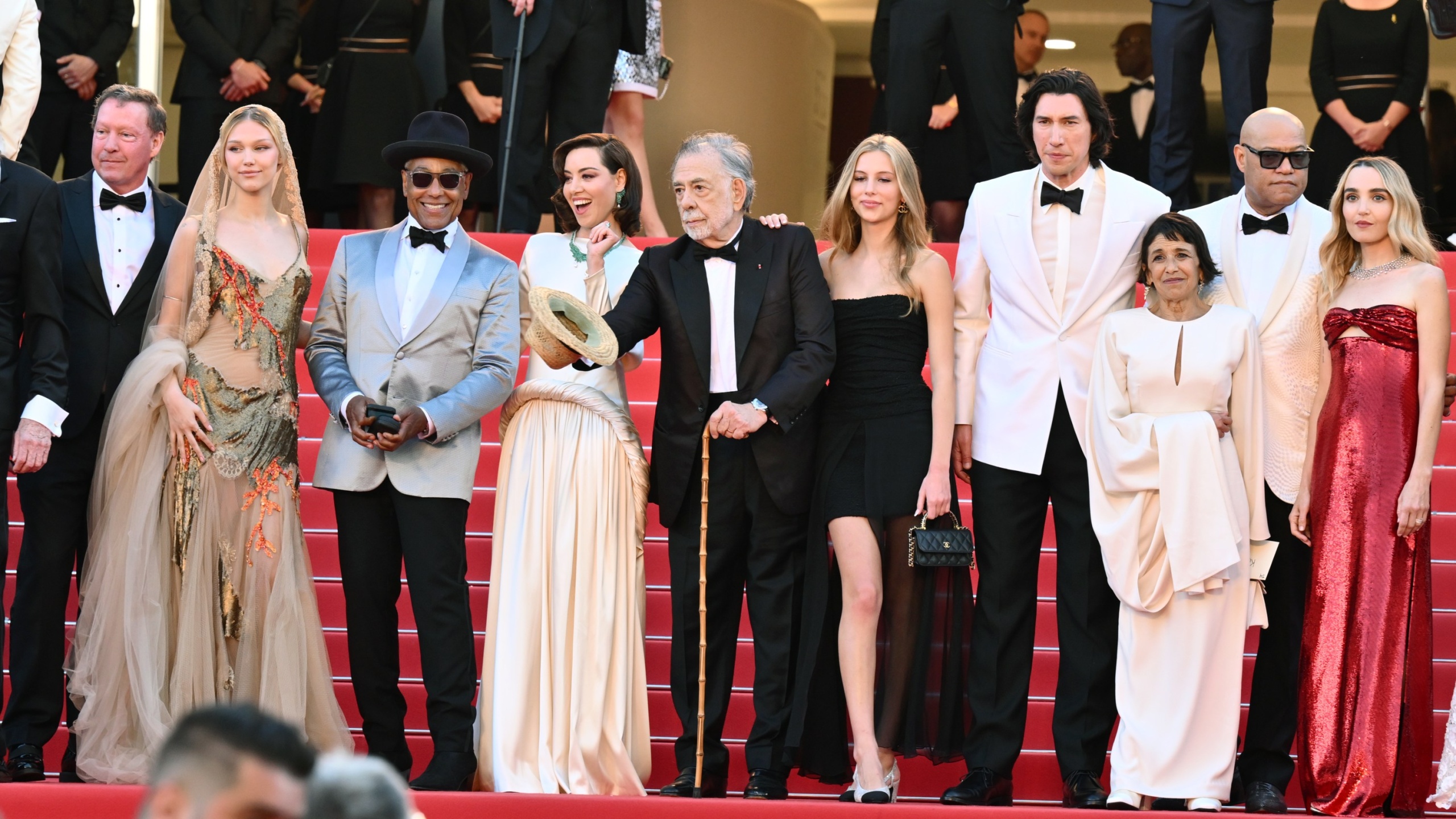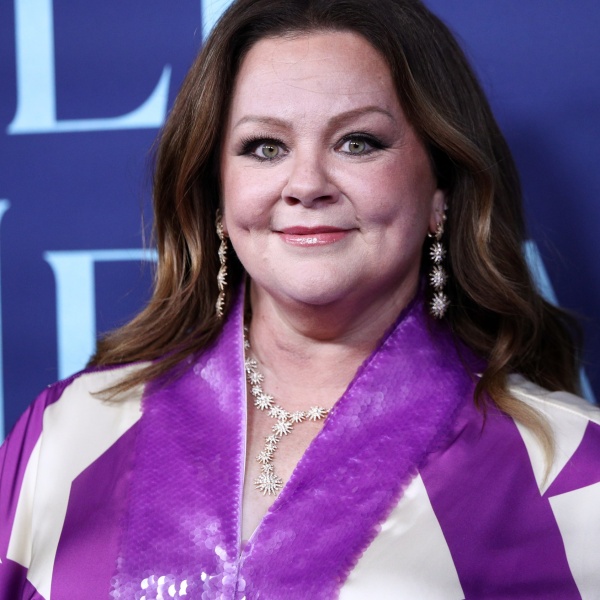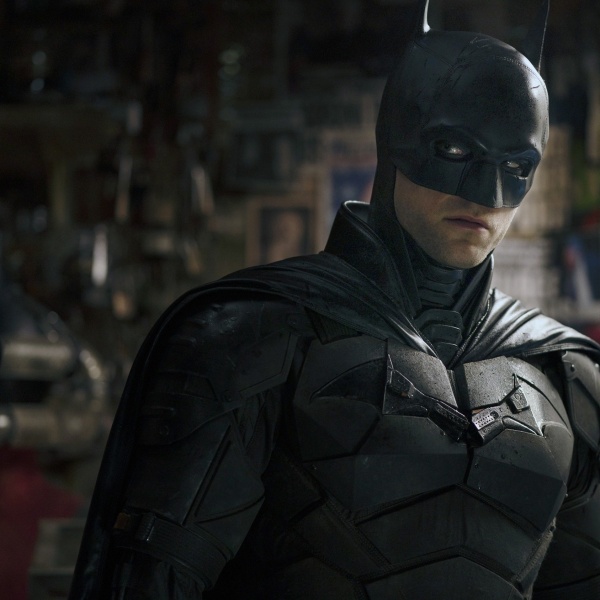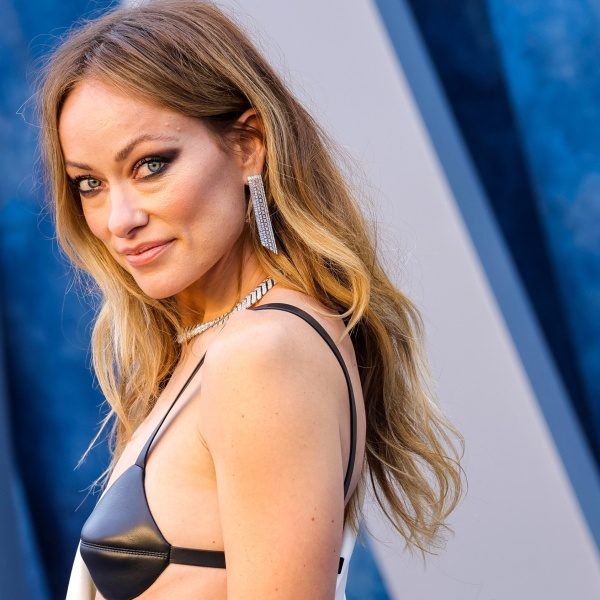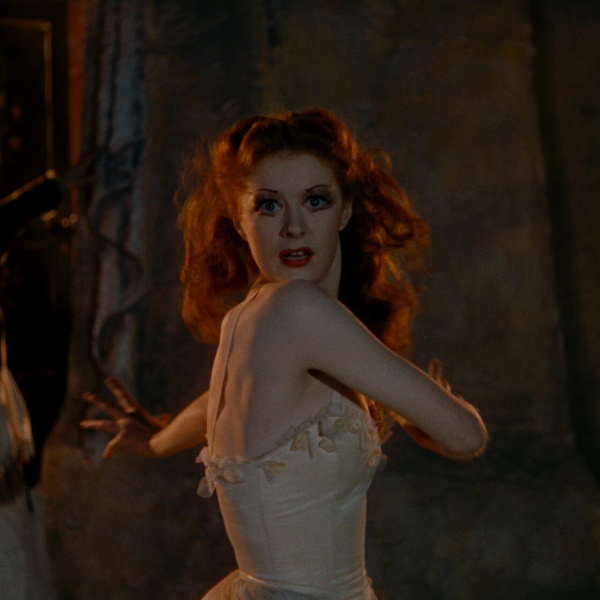What makes for a Cannes Palme d’Or winner? Ignore the critics, because it’s up to the jury, this year led by president Greta Gerwig, to decide.
While far-flung prognosticators might consult the ever-updating Screen Daily international critics’ grid for the writing on the walls, predicting winners is more about assessing the makeup and tastes of the jury. Screening 22 films are filmmakers like J.A. Bayona, Nadine Labaki, and Hirokazu Kore-eda, plus actors like Lily Gladstone, Ebru Ceylan, Eva Green, and Omar Sy. Though past Palme d’Or winners indicate jurors respond to emotion (like “I, Daniel Blake” or “Shoplifters”), more recent winners (“Titane,” “Triangle of Sadness”) have been less typically audience-pleasing. Last year’s Palme d’Or recipient, “Anatomy of a Fall,” was hardly an overwhelmingly emotional movie, but its smart screenplay and great performances took it beyond Cannes all the way to a Best Original Screenplay Oscar win (for director Justine Triet and her partner and co-writer Arthur Harari).
Let’s look at the competition so far. Thursday night saw wildly divergent reactions to Francis Ford Coppola’s self-funded Roman-inspired epic “Megalopolis,” with critics calling it everything from overstuffed to crazily ambitious to catastrophic. An early morning, crack-of-dawn exclusive press screening at the Cineum IMAX theater in Cannes saw journalists pouring out bewildered, while the later press and public screenings elicited the expected boos.
The jury may want to praise Coppola for his four-decade-plus-long efforts in some way, though the visually daring, VFX-heavy $120-million film starring Adam Driver as an architect trying to rebuild a metropolis into a utopia is not an easy embrace (and still lacks a distributor despite IMAX committing to showings). Plus, its female characters, including Nathalie Emmanuel as Driver’s love interest (they have no chemistry) and the daughter of his mayor rival (Giancarlo Esposito), are mostly cartoonish, which may not go over well with Gerwig’s jury. Aubrey Plaza, though, does her best with a boxed-in villain character, the flippant on-camera financial reporter named Wow Platinum who brings her typically daffy comic relief to otherwise unintentionally comic elements. The time-honored Coppola is in the competition for the first time since 1979’s “Apocalypse Now,” another ambitious epic that sharply divided viewers at the time before winning the Palme, and that could work in his favor, too.
More warmly received earlier on Thursday was Andrea Arnold’s “Bird,” starring Barry Keoghan as a father of two living in a squat in northern Kent, and Franz Rogowski as the mysterious vagabond who befriends Keoghan’s 12-year-old daughter (newcomer Nykiya Adams). Arnold has three times won the Cannes jury prize (“Fish Tank,” “American Honey,” and “Red Road”), and the jury may look to elevate her Palme d’Or position at last; “Bird” is a warmhearted crowdpleaser compared to her earlier, darker coming-of-age stories. And all three performances are among the best of the fest so far.

But Cannes audiences were already in a kind of Andrea Arnold mood on day one with the premiere of Agathe Riedinger’s “Wild Diamond,” the only feature debut in competition this year and a late edition from Thierry Frémaux. The Academy ratio-shot French drama follows a hardscrabble teenage girl growing up on the wrong side of the tracks and with dreams of turning her TikTok presence into a reality TV career. The style and substance owe a great deal to Arnold’s “Fish Tank,” but the film, which has received mixed reviews, would’ve fared better in Un Certain Regard. That’s where first and second features tend to premiere anyway, and are eligible for the Camera d’Or.
Earlier in the festival, competition newbie Magnus von Horn, the Swedish director whose debut “The Here After” was up for the Camera d’Or in 2015, entered the fray with “The Girl with the Needle.” Based loosely on the true story of Danish serial killer of infants Dagmar Overbye, the horrifying black-and-white drama hasn’t generated a great deal of buzz on the Croisette so far. But the dark fairy tale’s strong visuals (also in the Academy ratio) and largely female ensemble (Vic Carmen Sonne gives an understated performance as a woman caught under Overbye’s sway) could win over certain corners of the jury for lower-tier prizes.
There’s still much to be seen, with the coming days bringing the premieres of Paul Schrader’s “Oh, Canada” and Yorgos Lanthimos’ “Kinds of Kindness.” Gerwig’s jury, meanwhile, on the day one press conference said it would be impossible not to consider global issues when making their decision. The jury has yet to see Mohammad Rasoulof’s “The Seed of the Sacred Fig,” screening at the end of the festival. But with the director having just fled theocratic Iran following an eight-year prison sentencing, he could be a major factor in the race while in competition for the first time.
Plus, remember that Gerwig is an actress as well as a filmmaker, where prior juries have often been led by behind-the-camera-only auteurs (Ruben Östlund in 2023, Spike Lee in 2021). Which means an emotional response to a film could dominate over craft, or at least be just as likely a factor. We’ll keep you updated as the competition unfolds.
Cannes competition entries ranked so far by likelihood of winning the Palme d’Or: 1. “Bird” 2. “The Girl with the Needle” 3. “Wild Diamond” 4. “Megalopolis”
Additional reporting by Anne Thompson.
